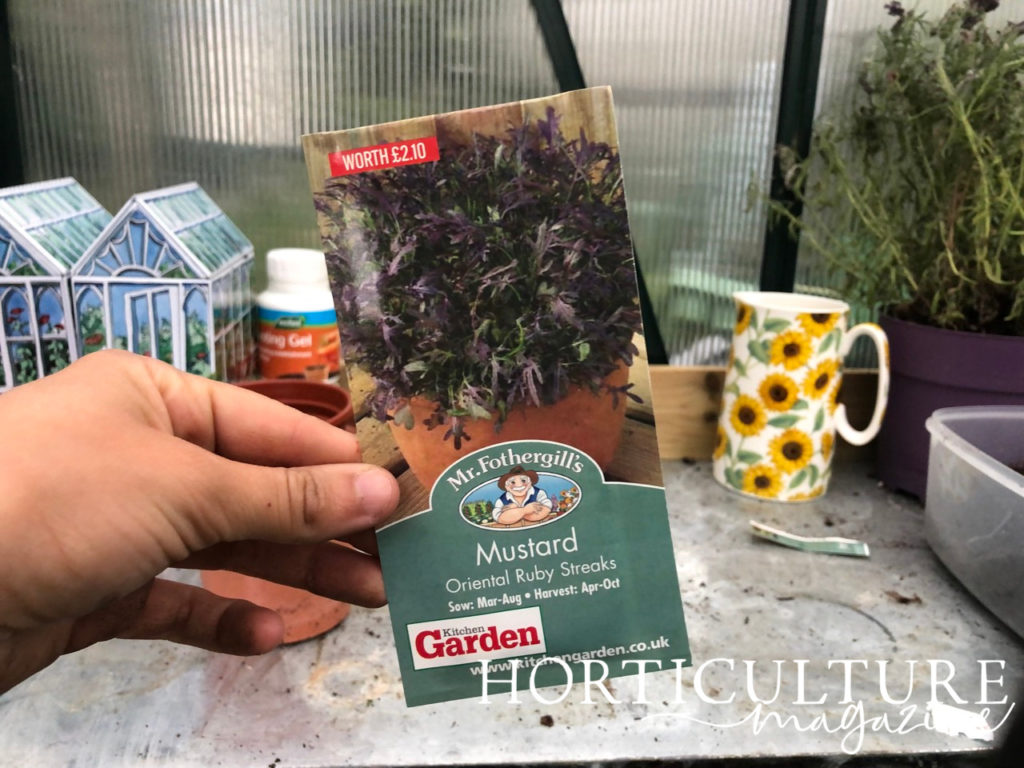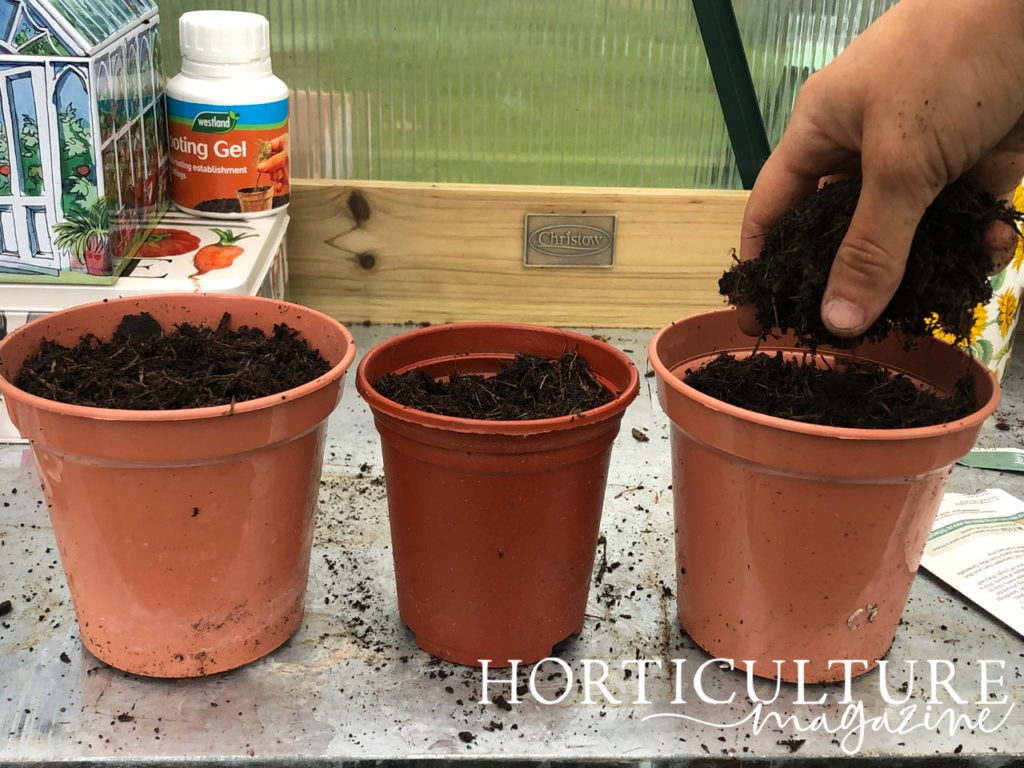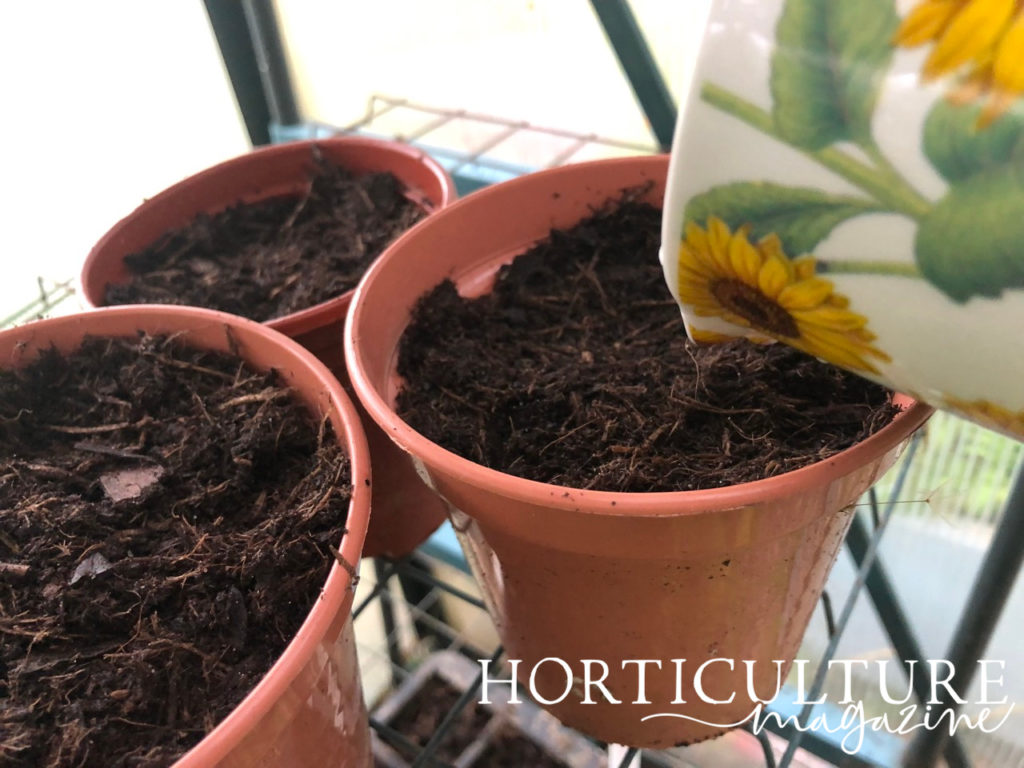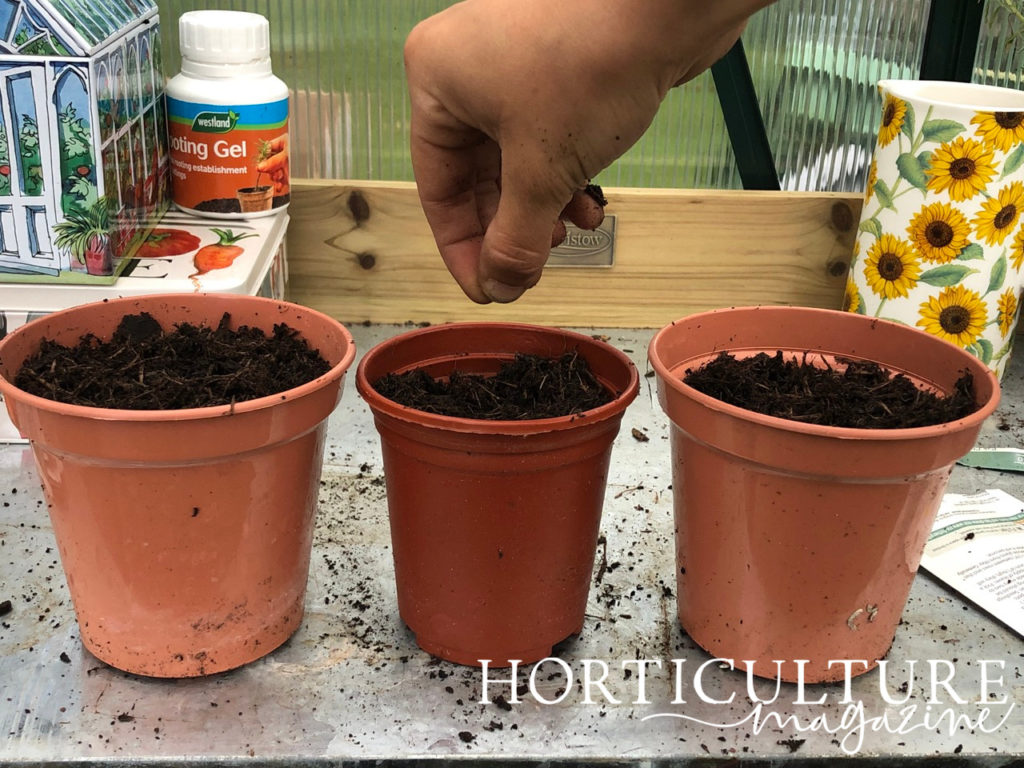Growing Mustard Leaves From Seed: How To Choose A Variety And Sow Seeds Correctly

VEGETABLES > MUSTARD > SOWING

Elizabeth is a Permaculture Garden Designer, Sustainability Consultant and Professional Writer, working as an advocate for positive change. She graduated from the University of St. Andrews with an MA in English and Philosophy and obtained a Diploma in Applied Permaculture Design from the Permaculture Association.
Reviewed By PETER LICKORISH

Peter is a Horticulture Lecturer and self-employed Horticulturist, with a passion for diverse areas of the industry - from garden design to the science behind plant growth and propagation. He has completed the Royal Horticultural Society’s Master of Horticulture (MHort) Award and lectures on RHS courses at Bedford College.
Contributions From EMILY CUPIT

Emily is a Gardening Writer, Photographer and Videographer from Derbyshire, UK. She is the Founder of Emily's Green Diary - a community of more than 75,000 people who share in her gardening journey.
MUSTARD GUIDES
Sowing
Mustard leaves make a great addition to a salad and can also be used like spinach in a range of cooked recipes.
Growing mustard leaves from seed is actually quite simple.
In this guide, we share everything you need to know about sowing this herb in your own garden.
Choosing A Mustard Variety
Mustard is a member of the Brassica plant family and is related to common members of the cabbage family.1Petruzzello, M. (2023, March 3). List of plants in the family Brassicaceae. Encyclopedia Britannica. https://www.britannica.com/topic/list-of-plants-in-the-family-Brassicaceae-2004620
There are many different varieties of mustard – some are grown for their leaves, others for their seed.

Of the varieties grown for their leaves, there are many different cultivars that can look very different from one another and can be used raw or cooked in a range of recipes.
Some are mild tasting and quite sweet, whilst others are fiercely peppery and spicy.
When choosing a cultivar, make sure that you select one that suits your own particular tastes and consider how you wish to use the mustard that you grow.
“White mustard, Sinapis alba, has more slender leaves than brown mustard, Brassica juncea,” shares Master Horticulturist Peter Lickorish.
“Many of the popular mustard leaf varieties are cultivars of the latter.”
When To Sow Mustard
When you sow mustard leaves will depend on which of the above options you are considering.
For summer salads, you can sow mustard leaves in early spring indoors, to plant out after the last frost date in your area.
Or, you can direct sow mustard leaves in the garden where they are to grow in late spring or early summer.

You should stagger your plantings and sow a batch of mustard leaf seeds every 3 weeks or so, as this way you ensure that you have mustard leaves to harvest throughout the growing season.
However, those sown in the run-up to midsummer may be prone to bolting and going to seed quickly, so, usually, it is best to stop sowing during this time.
“The logic is that harvest follows sowing by around 7 weeks, so plants sown in late June could be bolting in July, around the time you would be looking to harvest,” says Peter.
You can then sow again from July, August or early September to get another harvest of mustard leaves before the cold weather arrives in autumn, and, if you sow in a polytunnel, mustard leaves may often overwinter and give you some leaves throughout winter and into early spring.

Mustard sown outside in August, September or early October will die back over the winter months in most of the UK, but this can be beneficial where mustard is used as a green manure or winter cover crop.
The frosted remains will protect the soil below.
Sow mustard seeds indoors at any time and you can eat the young shoots as micro-greens.
How To Sow Mustard
Sow seeds around 1cm deep in pots or seed trays indoors.
The easiest way is to fill a seed tray and firm the compost down, before loosely sprinkling the seeds.
Covering with an additional layer of compost, back to near the top of the seed tray, will give around 1cm depth.
Alternatively, sow in drills of approximately this depth in a garden bed or a raised bed if direct sowing.
Water the seeds well and wait for germination to take place.

This typically won’t take long at all and in summer they will often germinate after just a few days.
“The speed of mustard seed germination is so quick that, if we need seedlings for students to handle at short notice for an assessment, mustard is our go-to plant,” explains Peter.”
I would recommend sowing a quick crop of mustard between harvesting summer vegetable crops and sowing over-wintering veg.
“You can sow thickly, and harvest some as leaves in late summer, before digging the rest in as green manure. That way, you replenish some lost nutrients between crops.”
When plants reach a reasonable size, you may like to thin some varieties to create a spacing of 15-20cm apart.
References
- 1Petruzzello, M. (2023, March 3). List of plants in the family Brassicaceae. Encyclopedia Britannica. https://www.britannica.com/topic/list-of-plants-in-the-family-Brassicaceae-2004620
